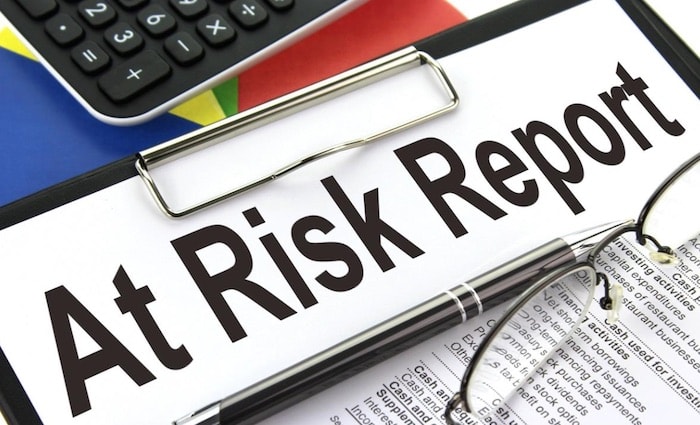Free property reports and why to avoid them: RiskWise
EXPERT OBSERVER
They look professional and seemingly offer crucial information on the property market … they are also free, but does that mean they are actually worth the paper they are printed on?
Before throwing all your money at an investment on the advice of one of these reports, it’s important to examine where the report came from and who is behind putting it together.
Some questions to ask are: What is the data source used? Is the data complete? What about the facts and information that goes hand-in-hand with the data? Who is the research team? Is the report skewed in favour of a particular development or someone who has a vested interest? Do the reports meet your specific needs?
These are all essential questions to ask before making any investment decisions based on a report.
And while it is easy to take a rear-view look and base future judgements on what has happened in the property market in the past, which is what a lot of these reports do, it is more important to combine this rear view with a forward-looking one, taking into account a wide range of factors which will come into play.
These include economic growth, employment, population growth, location and even that houses, with three bedrooms, a yard and carparking, have more appeal than units.
This was evidenced in Melbourne where a backward-looking view shows that at the end of 2017 the market delivered 8.9 per cent dwelling price growth and was enjoying outstanding population growth with projections looking favourable – at least if other factors weren’t considered.
The picture is clearly very different now with the market delivering -7 per cent dwelling price growth in 2018. Our analysis forecasts the prospects for the Melbourne housing market are negative with price reductions in the order of 4-7 per cent for each of the years 2019 and 2020.
We can demonstrate this by taking a forward-looking view where the risks are aggregated and must be identified well in advance. These include the effects of credit restrictions, the findings of the Banking Royal Commission, the increased likelihood that the ALP will be elected and introduce changes to negative gearing and capital gains tax and the risks of buying off-the-plan properties, especially where oversupply is an issue.
Buyer sentiment has taken a massive hit as residential property is now seen as a depreciating asset.
These are all factors that you need to take into consideration when buying an investment property and these free property reports simply do not provide all the information to make a smart decision.
Many investors over-estimated the level of knowledge and information contained in free reports and were therefore unable to minimise their risk.
Many investors were unaware of the costs associated with high-quality data sources and a skilled research team.
It is important to understand that the data from the Big 4 banks is completely different from the data that is included in the free property reports, and that the amount of data analysis and research invested by companies like RiskWise is very high.
Also, often these free reports are lacking crucial information. A few of the very basic things an investor should look for, from a data perspective, are what is the risk associated with poor / negative capital growth for a property, how many properties are in the pipeline and what is the additional percentage to the current stock, and what is the estimated future projection of capital growth.
Without this data, the investment approach is often very naïve relying only on historical data and assuming that the future capital growth will be very similar to the historical growth – and this could be a major mistake, as is demonstrated in Melbourne.
It was also important to note that often free reports were undertaken by research teams which were part of a real estate agency and, if this were the case, it was essential to know what their qualifications and research backgrounds were, and if the reports were skewed to benefit that agency.
Some of these reports may be biased, presenting only the good attributes of properties and ignoring the major risk factors.
A prime example is units in inner-city Brisbane which are high on RiskWise’s 100 Danger Zones report. Research reports that are provided by real estate agents who sell properties in the area do not contain information regarding the high level of risk that property investors are facing.
As each investor had a specific investment strategy, risk appetite and financial position, reports which were not tailored to their specific needs and circumstances had limited added value.
To minimise risk when it comes to investing, he suggested acquiring reports from a company that specialised in research, contained information which included the risk rating associated with the planned investment, the number of properties in the pipeline and a risk of oversupply, as well as the macro-economic factors in the area.
We recommend checking the credentials of the research team including their education, qualification and experience, and ensuring the report meets your specific strategy.
Investors need independent research so they can make informed decisions about what to do, but even more importantly, what not to do.
Doron Peleg is the CEO of RiskWise Property Research.
